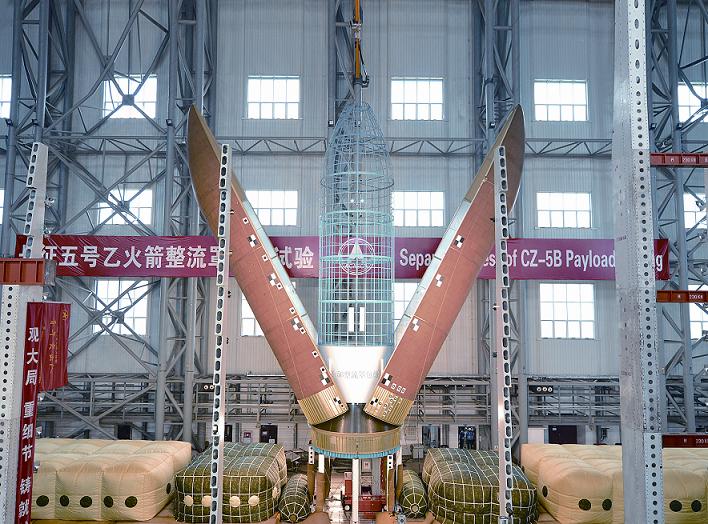


While NASA and private corporations such as SpaceX get much of the attention in the US, China is showing off its plans to become the leading space power via recent coverage on state media. A centerpiece project, Beidou 2, began in January 2015. Eventually 35 Beidou 2 satellites will form the next generation platforms for the Compass satellite navigation system that China is rapidly deploying into geosynchronous and medium earth orbit. Beidou 2 is more accurate than its predecessor, Beidou 1, with an accuracy of up to 10 centimeters for military subscribers like the Chinese and Pakistani militaries. While its American counterpart, GPS, is a transmit only system, Beidou users can use the satellite navigation system to send limited messages. Beidou 2 would provide Chinese missiles and robots with high accuracy, as well as giving Chinese soldiers a limited but universal coverage for communications.

China is also taking a major step in space debris management by launching a center to track such debris. While space debris isn’t nearly as sexy as spy or navigation satellites, it’s an important part of space operations. Space debris, of which there are 500,000 pieces large enough to be tracked, can severely damage or destroy satellites and spacecraft (a 1 square cm piece of debris travelling at 17,000 kph has as much kinetic energy as a hand grenade detonation). The new Space Debris Monitoring and Application Center, part of Chinese Space National Administration (China’s NASA equivalent), will focus in the near future on tracking space debris, especially the estimated 100 million pieces 1cm2 or smaller, but CNSA Secretary General Tian Yulong hopes for capabilities one day to neutralize and reduce the space debris menace. It’s a growing Chinese priority, given that China is the world’s third largest space launcher, and Mr. Tian noted that Chinese spacecraft and satellites had over 30 near misses with space debris in 2014.
Also, CCTV, China’s official TV broadcaster, showed images of the Long March 5 (LM-5), undergoing testing for its payload fairing, which involved the opening of fairing on its vertical axis. The payload fairing is the conical, topmost section of the LM-5. At 5.1 meters in diameter, it could carry a variety of large military and civilian payloads weighing up to 25 tons, including high resolution spy imagery satellites, interplanetary probes and Tiangong space station modules. Also, the hydraulic pressure testing of the 3.35m diameter booster rocket’s oxygen was a success (leaking liquid oxygen during launch would result in a catastrophic explosion). The LM-5 is expected to make its first flight in 2016, where it will compete with the European Ariane 5, American Delta IV Heavy, and Russian Proton M.

With nearly 130 spacecraft and satellites in orbit, China has shot its way to global prominence in space, like so many terrestrial technological categories. And this is jus the start. Far off future Chinese space projects include a spate of missions to Mars and Jupiter, large space stations,130 ton payload super heavy “Moon rockets”, electrically propelled spacecraft and reusable launch systems.
Thanks to escobar at Sinodefence Forum.
You may also be interested in:
China’s Largest Ever Space Rocket Takes a Big Step Forward
Next Generation of Chinese Space Launch Vehicles Begins Its Long March (By Standing Up)
New, Better Chinese Spy Satellite Hits Orbit
Chinese Laser Zaps Space, for World Peace
CHEOS- China’s New Eye in Space
